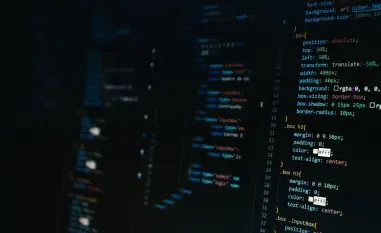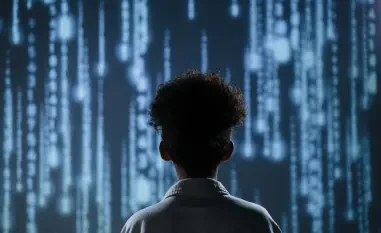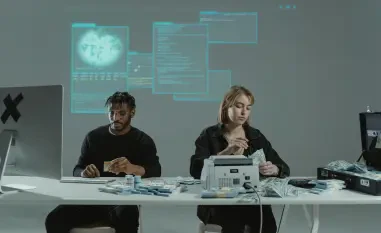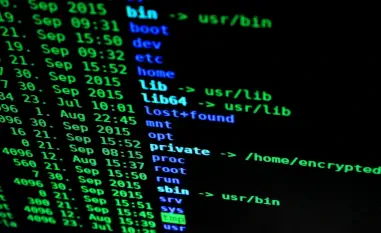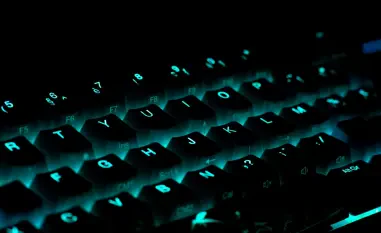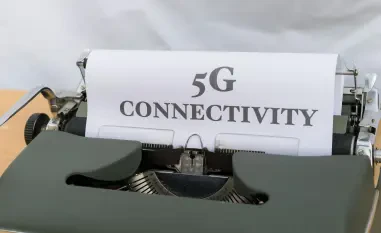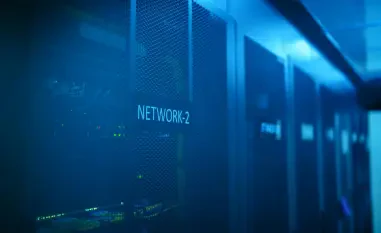As the deadline for the end of Windows 10 support looms on October 14, 2025, a staggering 400 million devices worldwide stand on the brink of significant cybersecurity vulnerabilities, marking a critical turning point for users and enterprises alike. This milestone signals the cessation of free security updates from Microsoft, thrusting both individual users and large organizations into a crucial decision-making phase. The choice is stark: upgrade to a newer operating system, bear the risks of an unsupported platform, or seek alternative solutions. Far beyond a mere software update, this transition carries profound implications for security protocols, regulatory compliance, and financial strategies across various sectors. The urgency to act is palpable, as the absence of patches could expose systems to modern threats, echoing historical cyber disasters. This situation demands immediate attention and strategic foresight to safeguard digital ecosystems from potential chaos.
Navigating the Cybersecurity Landscape
Rising Threats in an Unsupported Environment
With the termination of Windows 10 support, the cybersecurity risks for millions of devices are escalating at an alarming rate, leaving systems exposed to malware, zero-day exploits, and other sophisticated attacks. Historical events, such as the devastating 2017 WannaCry ransomware outbreak, serve as a grim reminder of the dangers unpatched systems face when left without vendor support. Industry experts warn that cybercriminals are poised to target these vulnerable endpoints as easy prey, potentially leading to data breaches and substantial productivity downturns for businesses. The ripple effects could be catastrophic, especially for enterprises where a single breach might compromise sensitive information or disrupt critical operations. Beyond individual impact, the broader threat to interconnected supply chains cannot be ignored, as a weak link in one organization could jeopardize entire networks. While third-party security solutions offer some mitigation, they fall short of replacing the essential, kernel-level updates provided by Microsoft, underscoring the gravity of this transition.
Challenges of Legacy Systems in Modern Networks
Enterprises, particularly in regulated industries like healthcare and finance, face unique hurdles as they grapple with legacy applications running on Windows 10 that are deeply integrated into their workflows. An abrupt shift to a new operating system risks operational disruptions, necessitating carefully planned, phased migrations to maintain continuity. The absence of ongoing security updates amplifies the danger, as these systems become prime targets for exploitation, potentially leading to non-compliance with stringent industry standards. Smaller businesses, often lacking robust IT resources, may struggle even more to adapt, facing the dual burden of cost and technical complexity. Discussions across tech communities highlight that isolating unsupported devices from internet connectivity might work for individual users with limited needs, but such measures are impractical for networked corporate environments requiring constant access and real-time data exchange. The stark reality is that without proactive measures, the security posture of many organizations could be severely compromised in the coming months.
Strategic Responses to the Transition
Hardware Barriers and Upgrade Dilemmas
One of the most formidable obstacles in moving beyond Windows 10 lies in the stringent hardware requirements for Windows 11, such as the need for TPM 2.0 and Secure Boot, which render a significant portion of existing devices incompatible. This leaves users with tough choices: invest in new hardware, enroll in Microsoft’s Extended Security Updates (ESU) program, or pivot to alternative operating systems like Linux distributions that can breathe new life into older machines. The ESU program offers paid security patches for up to three years at a starting cost of per device annually, with fees doubling each subsequent year, though a limited one-year free extension is available for eligible users. However, enrollment deadlines are tight, and availability varies by region and device type, adding layers of complexity to planning. For many, the financial burden of hardware upgrades or paid updates poses a significant barrier, forcing a reevaluation of budgets and long-term IT strategies to ensure both security and operational stability.
Balancing Economic and Environmental Impacts
Beyond immediate security concerns, the broader economic and environmental ramifications of this transition are sparking intense debate among stakeholders and advocacy groups. The push for hardware upgrades risks generating massive e-waste as millions of incompatible devices are potentially discarded, raising sustainability concerns at a time when environmental responsibility is paramount. Some argue that extending free support for Windows 10 could mitigate risks to critical infrastructure and national security, preventing vulnerable systems from becoming entry points for large-scale attacks. The tension between technological progress and ecological impact is evident, as organizations weigh the costs of new investments against the societal consequences of mass hardware disposal. This situation calls for innovative solutions, such as repurposing older devices for offline tasks or adopting lighter, resource-efficient operating systems, to minimize environmental footprints while addressing security needs in a resource-conscious manner.
Final Reflections on a Digital Turning Point
Lessons Learned from a Global Shift
Looking back, the end of Windows 10 support marked a pivotal moment in the digital landscape, compelling users and organizations worldwide to confront the fragility of unsupported systems. The heightened cybersecurity threats that emerged served as a wake-up call, reminding all stakeholders of the critical need for timely updates and robust defense mechanisms. Enterprises in sensitive sectors faced unprecedented challenges with legacy systems, while individual users scrambled to adapt to new realities. The hardware incompatibilities with newer operating systems underscored the harsh economic realities of forced upgrades, often at significant cost.
Charting the Path Forward
Reflecting on this transition, it became clear that proactive planning was the cornerstone of navigating such a monumental shift. Moving ahead, stakeholders were encouraged to explore diverse strategies, from enrolling in extended update programs to embracing alternative platforms that suited older hardware. Collaborative efforts between tech providers and users were deemed essential to balance security with sustainability, ensuring that future transitions prioritized both digital safety and environmental stewardship. The experience highlighted the importance of anticipating change, urging a mindset of adaptability to safeguard against emerging risks in an ever-evolving tech ecosystem.

